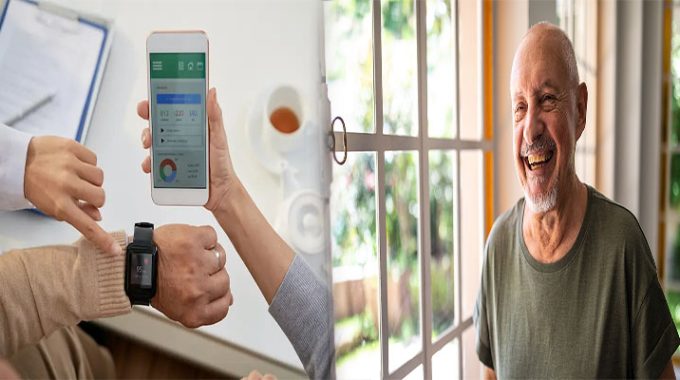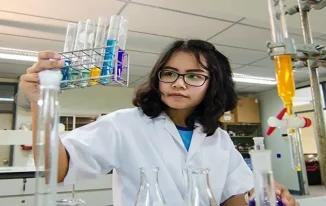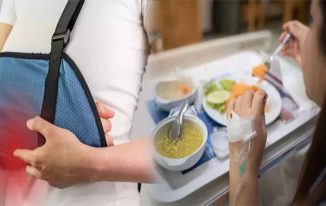When someone is unable to care for themselves, it could be a result of an illness or medical condition. The right monitoring systems can help seniors identify and prevent dangerous health issues and manage their medication. They also give caregivers peace of mind that they’re keeping their loved ones safe at home.
Identifying and preventing medical emergencies
Medical emergencies are a common concern for seniors and their families. The most common type of emergency is related to a fall, which can result in serious injury or even death if not treated quickly. In fact, according to the Centers for Disease Control (CDC), falls are one of the leading causes of death among adults aged 65 years or older.
Other medical emergencies include stroke, heart attack and sudden cardiac arrest–all conditions that require immediate attention from trained medical professionals who can provide life-saving care until paramedics arrive on scene. If you’re concerned about your loved one’s ability to recognize these types of situations as they arise or respond appropriately once they have been identified as an emergency situation, remote patient monitoring may be right for them!
Monitoring vital signs
Monitoring vital signs is a key benefit of remote patient monitoring. Vital signs include pulse, respiratory rate, blood pressure, temperature and oxygen level. Other vital signs include heart rate variability (HRV), electrocardiogram (ECG) and echocardiogram.
Vital sign monitors can be worn around the wrist or chest like a watch or pendant so you can keep an eye on your loved one’s health from anywhere in the world via a mobile device or computer screen. Some devices even come with alarms if there are any problems detected by these sensors that can be used as early warning systems for potential emergencies such as falls or seizures
Managing medications
- Medication reminders.
- Medication adherence.
- Medication dosage and timing.
- Medication side effects, interactions and allergies.
- Storage and disposal of medications in the home or facility environment
Reminders and alerts for healthy habits
- Reminders and alerts for healthy habits
- Reminders to take medications
- Remarkebs for regular checkups, such as blood pressure or vision exams
- Reminders to eat a healthy diet and exercise
- Other important reminders, such as when to refill prescriptions or schedule an appointment with the doctor
Remote patient monitoring can help seniors stay safe and healthy in their own homes.
- Remote patient monitoring is a useful tool for seniors who want to stay in their homes, but it also provides peace of mind for family members. It can help identify and prevent medical emergencies before they happen, monitor vital signs, manage medication regimens and remind patients about healthy habits like taking their pills on time.
As the population continues to age, it’s important for seniors and their families to know about the benefits of remote patient monitoring. This technology can help seniors stay safe and healthy in their own homes by monitoring vital signs, managing medications and reminding them about healthy habits.














